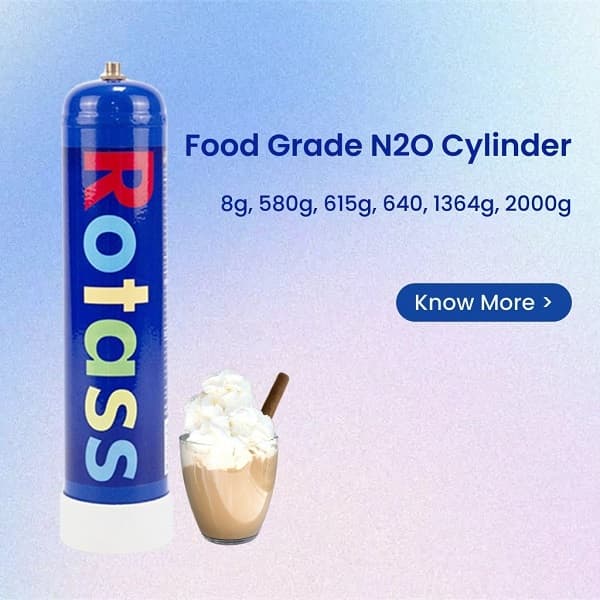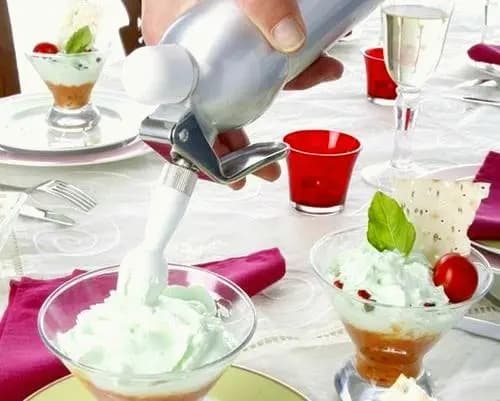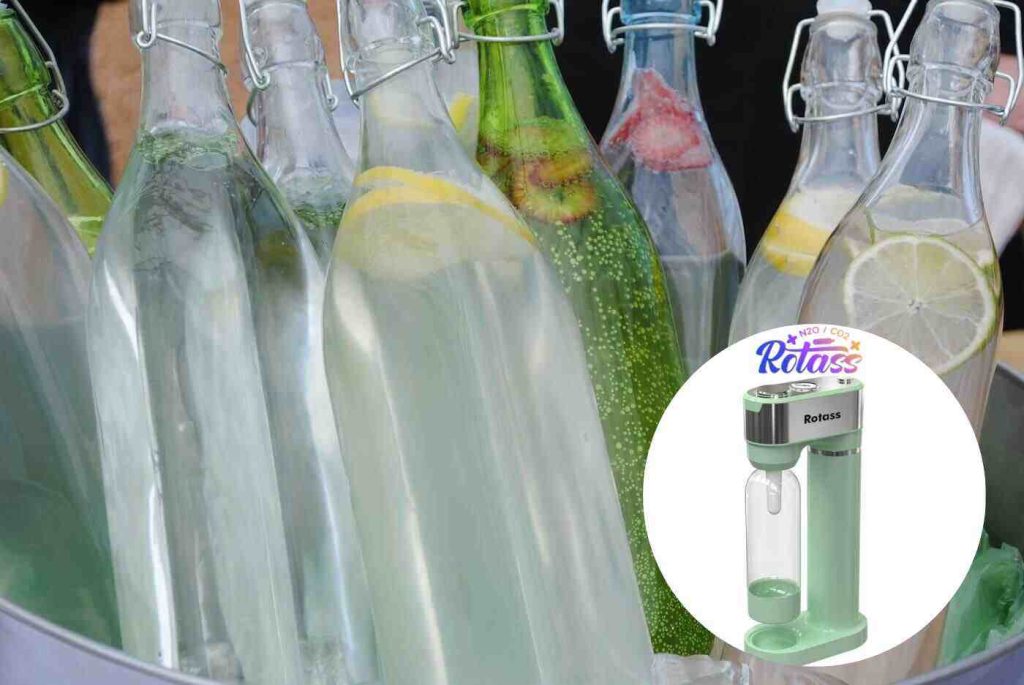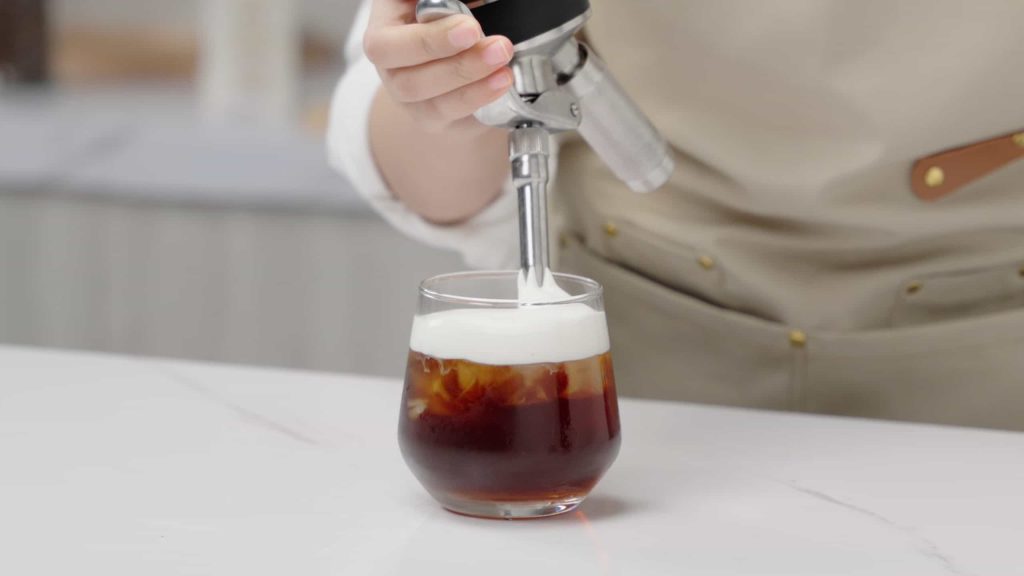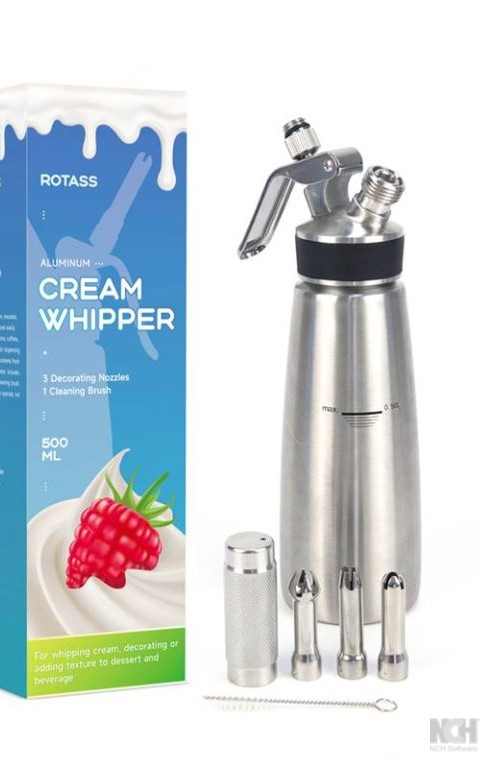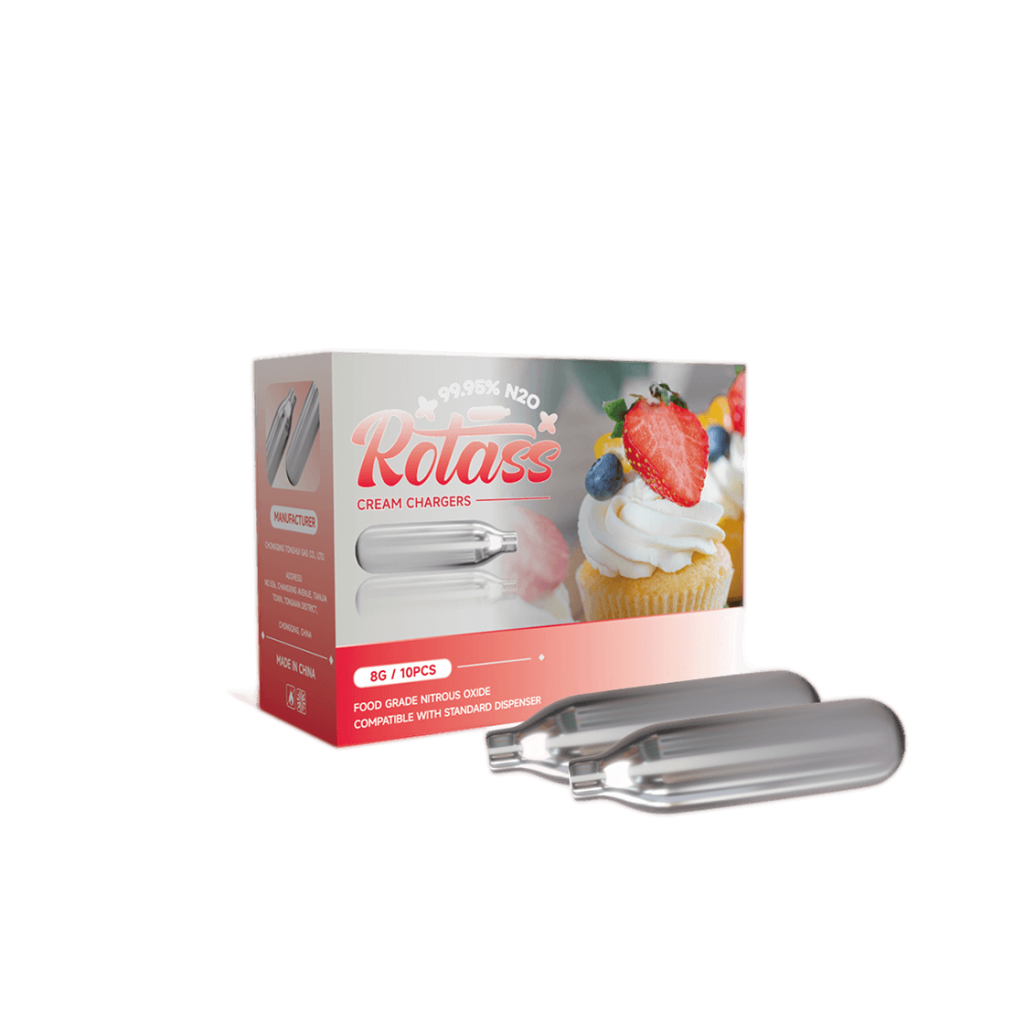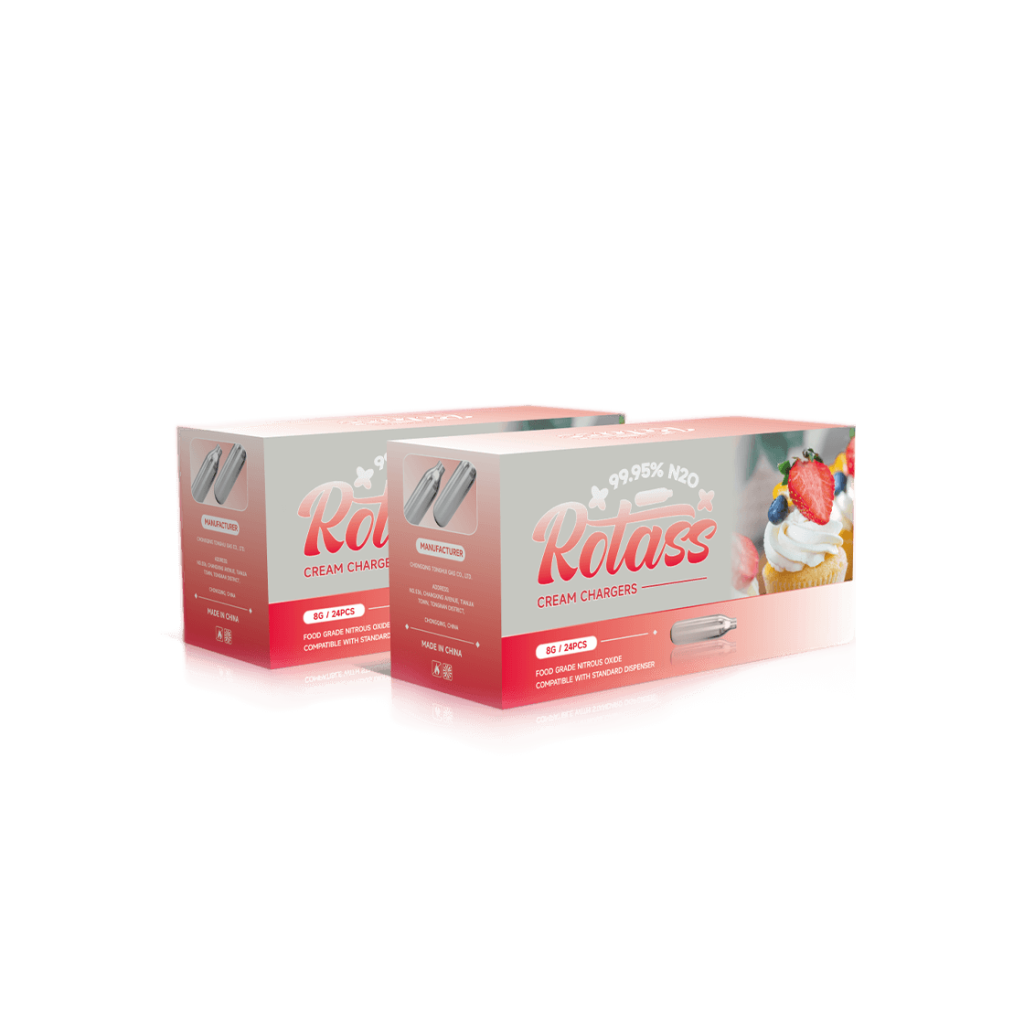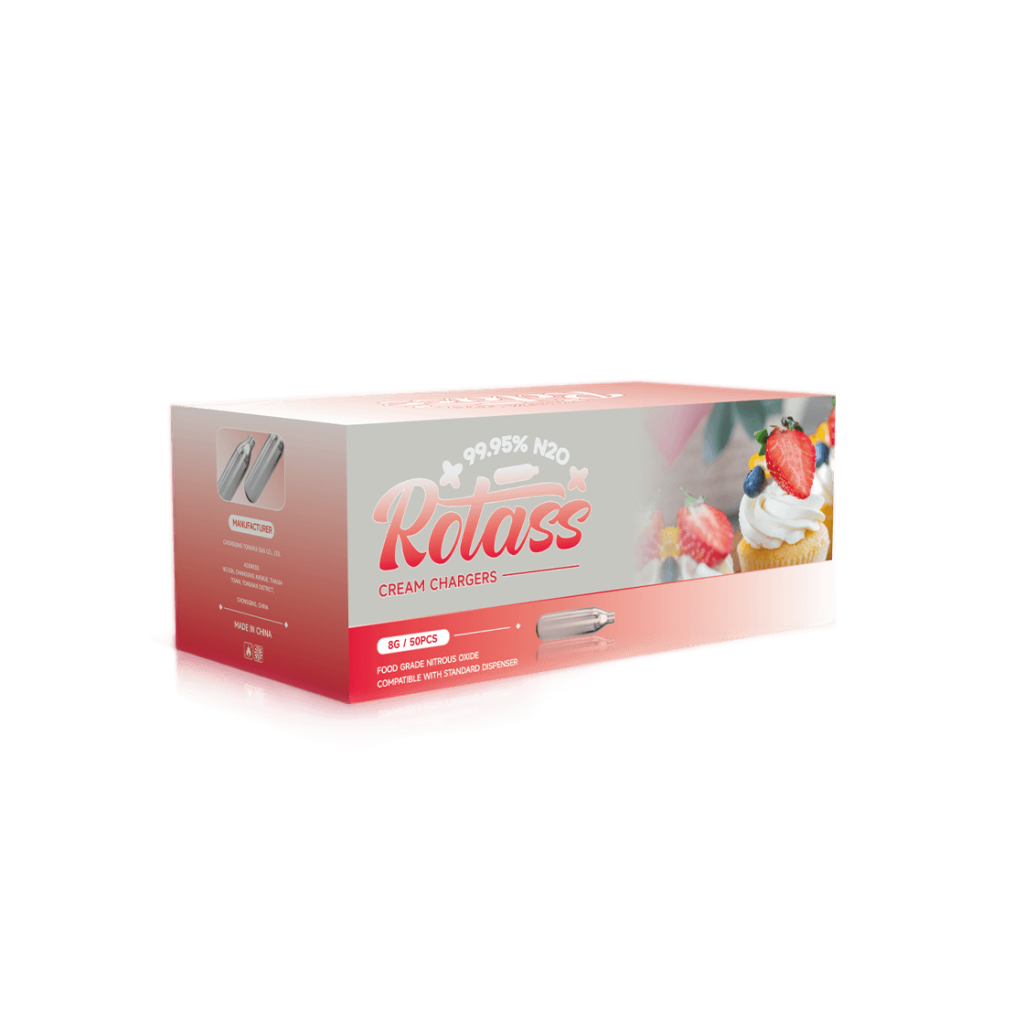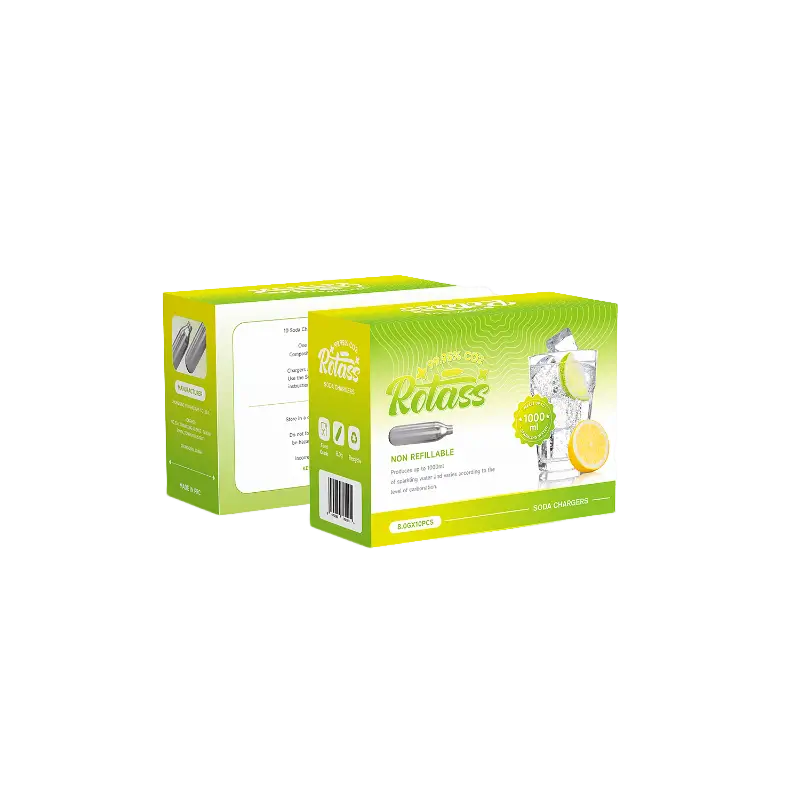2024 / 04 / 19
How Should Whipping Cream Chargers Be Stored?
One of the most crucial elements for maintaining the freshness of whipped cream is whipping cream chargers. This is a crucial ingredient for people who enjoy preparing sweets and other dishes and want to add whipped cream to them.
Whipping cream chargers are a popular product because they make it easier to whip cream. As a result, it is acknowledged as a crucial product that needs to be preserved.
Some customers threw away the whipped cream because they mishandled the charges, and waste the substance. Our experts have provided suggestions on how to preserve the quality of whipped cream chargers, especially if you won’t be using them straight away. In this post, you’ll learn how to keep your whipped cream chargers secure without breaking them or causing something bad to happen to the N2O that’s enclosed inside these handy cylinders.
In The Canister, Your Cream Is Safe!
Whipping cream chargers and canisters are composed of stainless steel, making them ideal for adding to your whipped cream canisters because the food’s quality will never be compromised. So with the whipped cream chargers, storing whipped cream will never be an issue. The whipped cream chargers won’t rust either, even when submerged in water. This makes sure that the cream you’re going to whip won’t ever spoil.
Suppliers of whipping cream chargers who supply nitrous oxide made of HP295 steel are delivering a better product. This steel has a higher tensile strength. While maintaining great performance, the material is more resilient and can withstand demanding situations because of its higher tensile strength. Due to its poor tensile strength, Q235B steel will not hold up as well in the kitchen’s constantly fluctuating temperatures. A higher tensile strength yield is present in HP235 steel. Once more, this contributes to the steel’s increased resilience to tension and fatigue. As a result, utilizing a whipping cream charger is safe for your cream.
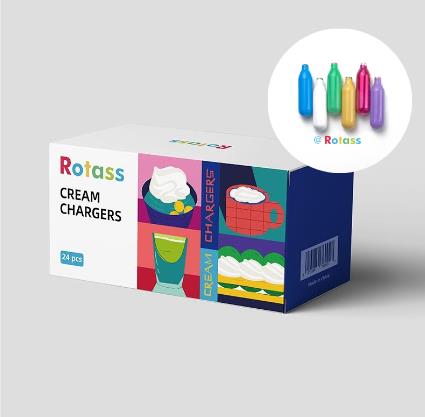
How are whipped cream charges kept clean?
Store in mind that you should keep your whipped cream chargers somewhere cool when keeping them. It’s important to remember that you’re working with nitrous oxide, a type of non-flammable gas, which could lose quality if exposed to high temperatures for an extended length of time.
When you begin storing them in your house or restaurant kitchen, you ought to put them on a shelf. Even if the whipped cream chargers haven’t been used, some people appreciate the uncommon customs of keeping them in the refrigerator. This practice is entirely harmless as long as it is not frozen.
Remember that if you plan to keep the whipped cream canister and charger together with the dispenser once it has been charged that you do not need to remove the charging holder. Whether you decide to keep it or not won’t have an impact on your whipped cream dispenser.
Once your whipped cream is inside, make sure you know how long it will last before storing the whipped cream chargers and canisters together. The charger is not expiring, but the cream is. You must therefore use the whipped cream as soon as you have assembled the canisters, chargers, and cream within. Otherwise, your whipped cream charger will be useless and a waste of money.
How should whipping cream chargers be handled when being moved?
When moving whipped cream charges, avoid exposing them to dirt or dust. A small amount of dirt on the whipped cream chargers could lead to a problem with the product, such as leakage, or it could degrade the N2O’s quality. Therefore, it’s preferable to keep them covered and out of sight to prevent any needless exposure. Also, if you are transporting whipped cream charges, make sure that it is not exposed in an extremely heated portion of your vehicle.
How long are whipping cream charges good for?
After two weeks, cream chargers should be thrown away. If milk is kept out too long, it gradually loses its consistency and loses the desired fluffiness.
On a side note, while some individuals object to the use of nitrous oxide in this equipment, the amount used within the cylinder and how it is employed is far from dangerous.
You should be very careful about how you get rid of the empty cylinders in light of this.

